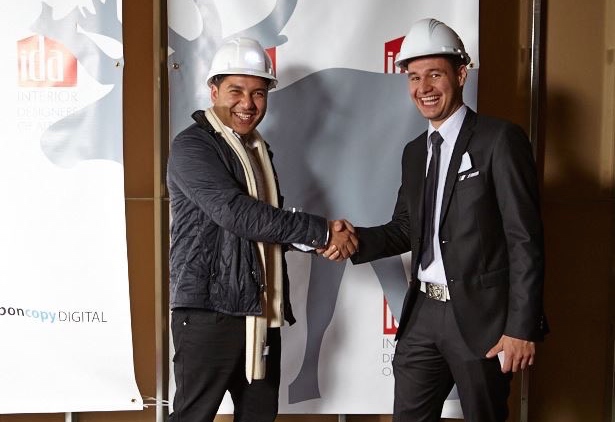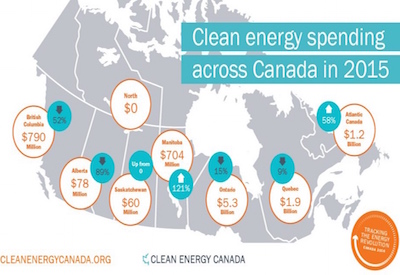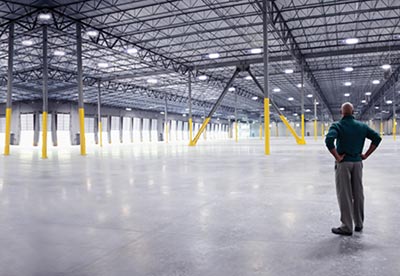Value of Building Permits Declines 5.8% in March

May 15, 2017
The value of building permits issued by Canadian municipalities fell 5.8% to $7.0 billion in March, marking a second consecutive monthly decrease. Nationally, the decline was mainly the result of lower construction intentions for multi-family dwellings, particularly in British Columbia and Ontario. All provinces and territories, except Ontario and Quebec, registered decreases in the total value of building permits. Despite the decline, Q1 2017 is up 7.3% over Q1 2016.
Residential sector: multi-family component registers large decline
Municipalities issued $4.6 billion worth of residential building permits in March, down 8.4% from February. A notable decrease in the multi-family component more than offset higher construction intentions for single-family dwellings. Eight provinces reported declines in the residential sector, led by British Columbia and Ontario.
The value of building permits for multi-family dwellings dropped 20.9% to $1.9 billion in March, falling below the $2.0 billion mark for the first time since July 2016. The decrease was largely attributable to lower construction intentions for apartment buildings in nine provinces. British Columbia and Ontario registered the biggest declines in the multi-family component in March, stemming from apartment buildings and, to a lesser extent, row houses. Conversely, single-family construction intentions rose 3.0% to $2.7 billion in March, with Ontario and Alberta leading the four provinces that posted gains.
In March, Canadian municipalities approved the construction of 16,821 new dwellings (-14.7% compared with February), consisting of 10,745 multi-family units (-19.4%) and 6,076 single units (-4.8%).
Non-residential sector: lower commercial construction intentions lead the sector’s decrease
The value of building permits for non-residential structures edged down 0.5% to $2.4 billion in March, a second consecutive monthly decline. Lower construction intentions for commercial buildings led the drop, moderated by gains in the institutional and industrial components. Seven provinces registered decreases in the value of non-residential permits in March, led by Saskatchewan. Ontario and Yukon reported increases in all three non-residential building components.
In March, construction intentions for commercial structures fell 7.6% to $1.3 billion. Quebec and Manitoba posted the largest decreases, following notable increases in the office building category in both provinces in February.
The institutional component climbed 9.1% to $658 million in March, led by Quebec and Ontario. Higher intentions for nursing homes were mainly responsible for the gain in Quebec. In Ontario, the increase was largely attributable to university buildings, a result of the Post-Secondary Institutions Strategic Investment Fund announced in the 2016 Federal Budget.
The value of building permits issued for industrial structures rose 10.5% to $440 million in March, with construction intentions for a new bus storage facility in Alberta contributing most to the gain.

Provinces: British Columbia posts notable decline
British Columbia registered the largest decrease in the value of building permits in March, while Ontario and Quebec were the only provinces to report higher construction intentions.
Multi-family dwellings were mainly responsible for the decline in British Columbia, led by apartment buildings. In Ontario, the large decrease in multi-family construction intentions was more than offset by increases in every other building component. Meanwhile, the gain in Quebec was mainly due to institutional structures, specifically nursing homes.
Census metropolitan areas: Vancouver registers largest decrease
The value of building permits fell in 19 of 36 census metropolitan areas in March. Vancouver reported the largest decline, while Montreal registered the biggest increase.
After posting two consecutive monthly increases, Vancouver registered a decrease in the value of building permits in March on the weakness of multi-family dwellings. Every component reported declines, except single-family dwellings.
In Montreal, the gain was mainly due to construction intentions for a retirement nursing home, as well as increased intentions for apartment-condominium constructions.
Edmonton posted the second-largest gain in the value of building permits among the census metropolitan areas in March, mainly the result of higher construction intentions for residential buildings. Apartment buildings led the advance while the single-family dwelling component increased for a third consecutive month.
First quarter 2017
Canadian municipalities issued $22.1 billion worth of building permits in the first quarter of 2017, up 7.3% compared with the first quarter of 2016. The residential sector led the national increase, with both the single-family and multi-family components reporting gains.
Construction intentions for residential dwellings climbed 15.8% from the first quarter of 2016 to the first quarter of 2017, to $14.7 billion. On the other hand, the value of non-residential building permits fell 6.2% from the first quarter of 2016 to the first quarter of 2017, to $7.4 billion, led by the commercial component and the industrial component.
Source: Statistics Canada, www.statcan.gc.ca
















